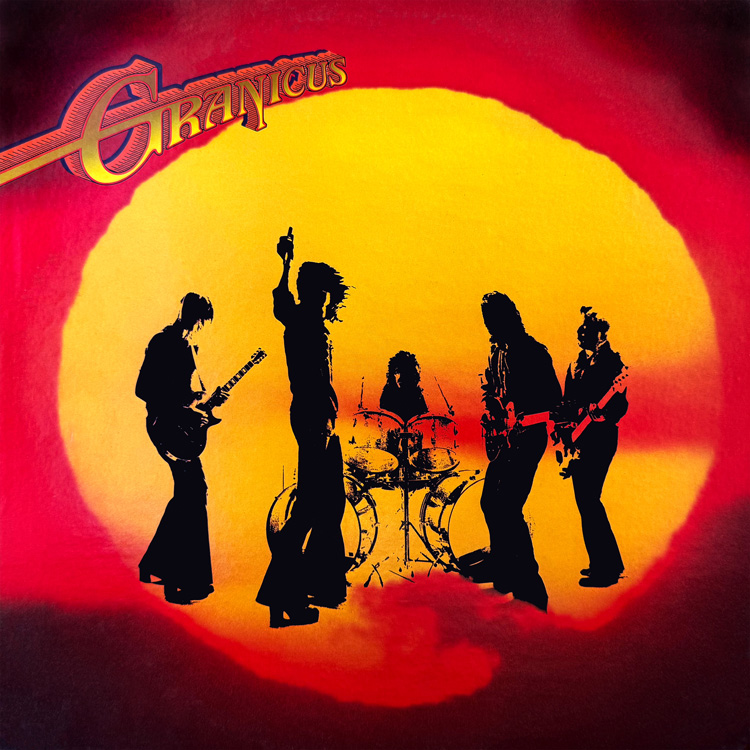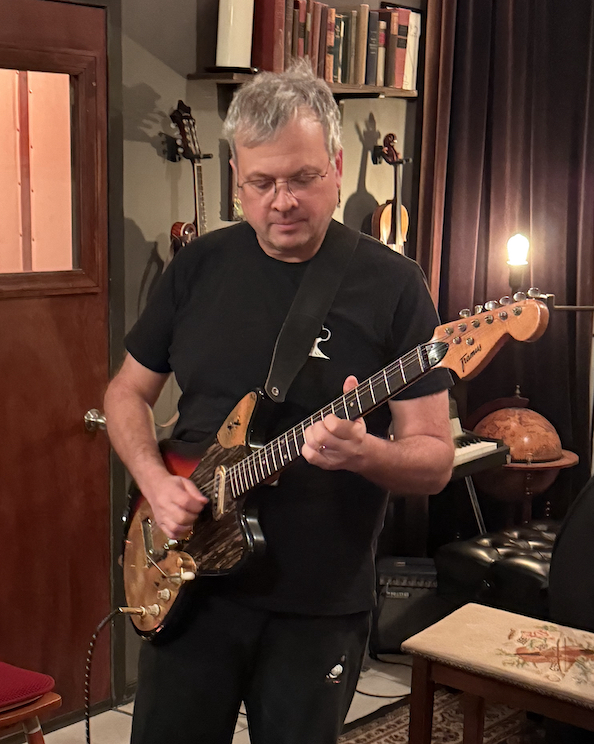One of the most exciting record labels around right now is
Riding Easy.
My favorite releases from them tend to be these rescues of long lost,
sometimes never before released recordings of heavy psych/prog/rock
music from the early 1970s though they also release recordings by
current bands. For an example of something brought back from the distant past,
check out thie Granicus LP!
It starts strong with the aggressive "You're in America" and "Bad Talk",
both loud, fast and hard-hitting songs in a Black Sabbath/Led Zeppelin. Then strings come in for a mellow instrumental called "Twilight"—think the intro
to "Collage" by James Gang—followed by a monstrous 11-minute song called
"Prayer", which is also very pretty mellow several minutes before the fuzz box
gets stomped and the drums come crashing in. They were originally from Cleveland but moved to New York, where they recorded
this album and the song "Cleveland, Ohio" has a repeated line "I'm getting
out of Cleveland, Ohio". "Nightmare" starts as a trippy, spacey, laidback number before picking
up speed, followed by the headbanging, Zeppy "When You're Movin'". The last song, "Paradise", is another long one, at a little over seven minutes,
and is an intense, mostly up-tempo rocker that has trace elements of Hendrix
as well as the stirrings of hard core and metal. Seriously, this record is great.
Check it out!


 APPEARANCES
APPEARANCES